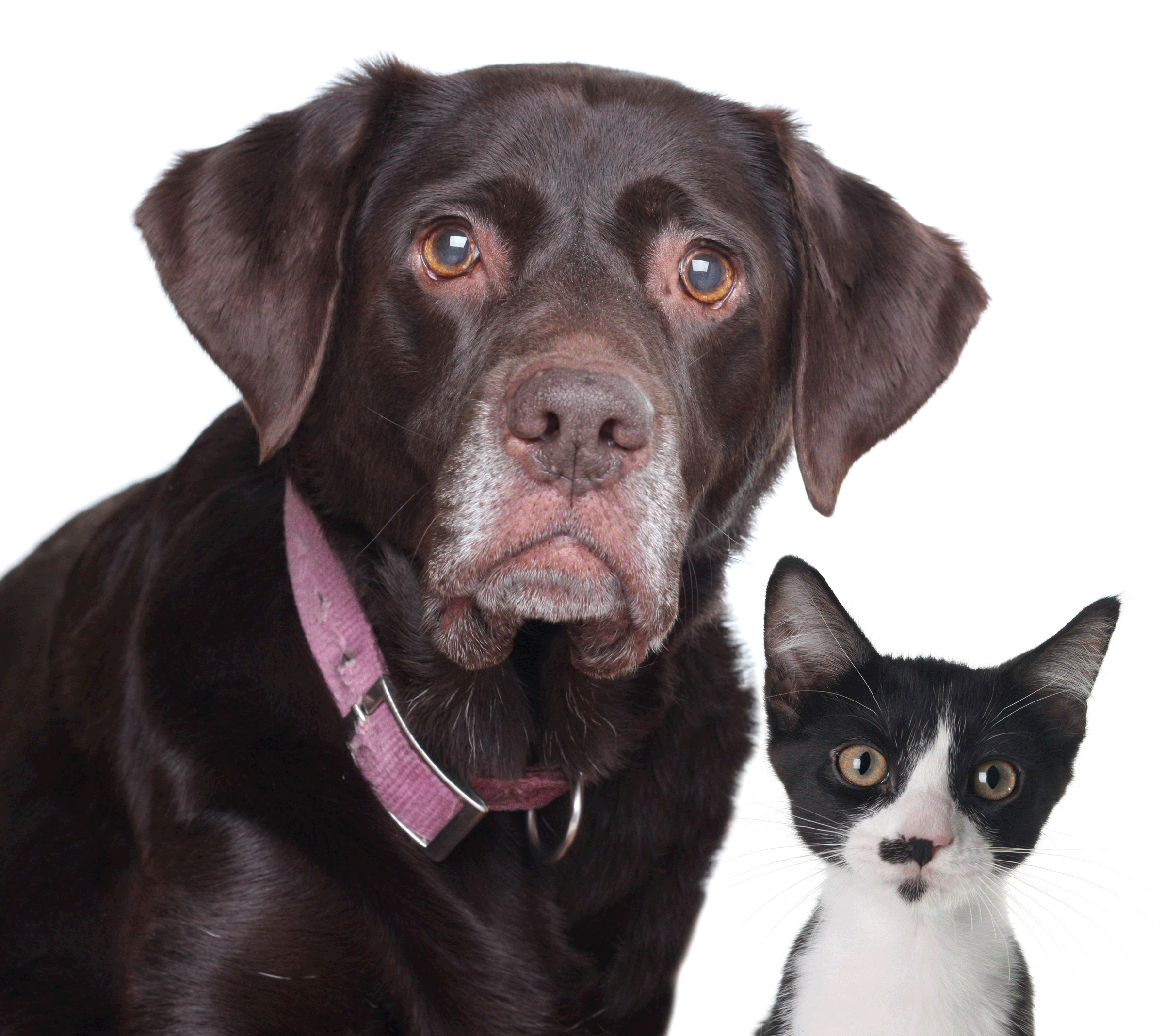Flea Collar Ban To Protect Toddlers
Air Date: Week of August 15, 2014

The NRDC logo (Photo: Courtesy of the NRDC)
The EPA has banned certain flea and tick collars for cats and dogs because young children touching their pets can get exposures to unhealthful amounts of pesticides. The move came in response to lawsuits filed by the Natural Resources Defense Council. NRDC Senior Scientist Miriam Rotkin-Ellman tells host Steve Curwood there are safer alternatives.
Transcript
CURWOOD: From the Jennifer and Ted Stanley Studios in Boston and PRI, this is an encore edition of Living on Earth. Summertime can bring a bumper crop of fleas and ticks for our cats and dogs. Many people use pesticide-containing flea collars on their pets, but the EPA is now banning some of those collars because young children who snuggle up to their pets can get exposed to unhealthful amounts of toxins. The ban comes after eight years of litigation brought by the Natural Resources Defense Council to force the EPA to act. We called up Miriam Rotkin-Ellman, a senior scientist at NRDC to tell us about the ban and wiser choices for parents and pet owners. Welcome to the program!
ROTKIN-ELTMAN: Nice to be here.
CURWOOD: Give me the basics here. What’s the problem with flea collars?
ROTKIN-ELLMAN: We’re concerned that there are pesticides that are extremely toxic for kids used in flea collars. And flea collars are designed to work by spreading that pesticide on the pet, and when kids come in contact with their pet which they do on a daily basis, they come into contact with that very toxic pesticide.
CURWOOD: So talk to me about these two chemicals. What are the problems with them as far as science knows?
ROTKIN-ELLMAN: So there are two different pesticides that are part of related classes of pesticides. So tetrachlorvinphos is a kind of pesticide that’s called an organophosphate. And over the last 15 years or so, there’s mounting evidence that organophosphates can interfere with the developing brain so that prenatal exposures and early life exposures to this pesticide can actually result in delays in motor development, loss of IQ points, or neurobehavioral problems such as Attention Deficit Hyperactivity Disorder. So this class, organophosphates, has been linked to all those different problems. The second pesticide, which is propoxur, is part of a related class of chemicals called carbamates, and unfortunately, it also has many of the same toxic characteristics. Both of these are readily available still, unfortunately, on the shelves.
CURWOOD: So what has EPA decided to do about these flea collars?
ROTKIN-ELLMAN: EPA took the right action on porpoxur in March, and issued a cancellation order. Unfortunately, they gave the manufacturers of these flea collars a pretty sweet deal, and allowed for a really long phase-out period. That phase-out period means the companies can keep making these flea collars despite the fact that EPA found them to be unsafe for children, and then also, they can continue to be sold for up to two years to retailers. And then retailers can sell them indefinitely. Now, the other pesticide that we’re worried about, tetrachlorvinphos, the Environmental Protection Agency has been completely silent. We have not received any notification, and that’s why we’re continuing to pursue our court case and hoping that the court can help us get a timeline from EPA and help move it in the right direction as well.
CURWOOD: And what exactly are these products that are going to be taken off the market, although it sounds like it’s going to take two years?
ROTKIN-ELLMAN: So, the brand name for tetrachlorvinphos is called Hartz. They have a number of products, but usually you can see the name Hartz on the label somewhere. And then, propoxur containing products can go by a whole host of names, Biospot, Adams, Zodiac, Sergeants. Those are all examples of products that contain propoxur, but it’s really important to actually take a look at the active ingredient and look for the word propoxur as well because they do change the names quite a bit.

Pesticides in flea collars are harmful to pets and people alike. (Photo: Bigstockphoto)
CURWOOD: Miriam, I have to ask you, if these chemicals are bad for children, what about the pets?
ROTKIN-ELLMAN: Well, pets are mammals too, and unfortunately these two pesticides tetrachlorvinphos and propoxur really interfere with the nervous system of mammals too. There are some good rules of thumb for preventing harm to both pets and kids when you’re talking about using pesticides.
CURWOOD: What are those good rules?
ROTKIN-ELLMAN: It’s always important to keep your toxic pesticides as your last resort, and look for alternative methods to avoid using these pesticides at all. If you do need to use some kind of pesticide for fleas, there are a whole host of options that are less toxic, and even some that can be taken by the pet as a pill and then therefore don’t leave that toxic residue on their fur, which can harm kids.
CURWOOD: Miriam, do you have a dog?
ROTKIN-ELLMAN: I do have a dog.
CURWOOD: So, what do you with your dog when it comes to protecting your dog from ticks and pets?
ROTKIN-ELLMAN: My dog, even though she hates it, gets regular baths. And she looks at me very sad when it’s time, but she gets those baths every other week with just regular dog shampoo. It doesn’t require any special toxic shampoos or anything like that. We keep her bed clean as well, and we try to keep our house pretty clean. And honestly, that’s all we’ve had to use for fleas. Every once in a while there’s a flea and the regular bathing takes care of it. We do live in an area where ticks are a concern, so I end up needing to use a pesticide every once in a while--the least toxic available that is known to provide good coverage for ticks. And I pay attention to where my dog is spending time. If I’m spending time with a lot of kids, I may forgo the pesticide treatment.
CURWOOD: Miriam Rotkin-Ellman is a Senior Scientist at the Natural Resources Defense Council. Thanks so much for taking this time with me today.
ROTKIN-ELLMAN: My pleasure. Thanks for having me.
Links
EPA explains order to take certain flea collars off the market.
Check out the NRDC guide to safer flea and tick products here
Living on Earth wants to hear from you!
Living on Earth
62 Calef Highway, Suite 212
Lee, NH 03861
Telephone: 617-287-4121
E-mail: comments@loe.org
Newsletter [Click here]
Donate to Living on Earth!
Living on Earth is an independent media program and relies entirely on contributions from listeners and institutions supporting public service. Please donate now to preserve an independent environmental voice.
NewsletterLiving on Earth offers a weekly delivery of the show's rundown to your mailbox. Sign up for our newsletter today!
 Sailors For The Sea: Be the change you want to sea.
Sailors For The Sea: Be the change you want to sea.
 The Grantham Foundation for the Protection of the Environment: Committed to protecting and improving the health of the global environment.
The Grantham Foundation for the Protection of the Environment: Committed to protecting and improving the health of the global environment.
 Contribute to Living on Earth and receive, as our gift to you, an archival print of one of Mark Seth Lender's extraordinary wildlife photographs. Follow the link to see Mark's current collection of photographs.
Contribute to Living on Earth and receive, as our gift to you, an archival print of one of Mark Seth Lender's extraordinary wildlife photographs. Follow the link to see Mark's current collection of photographs.
 Buy a signed copy of Mark Seth Lender's book Smeagull the Seagull & support Living on Earth
Buy a signed copy of Mark Seth Lender's book Smeagull the Seagull & support Living on Earth

